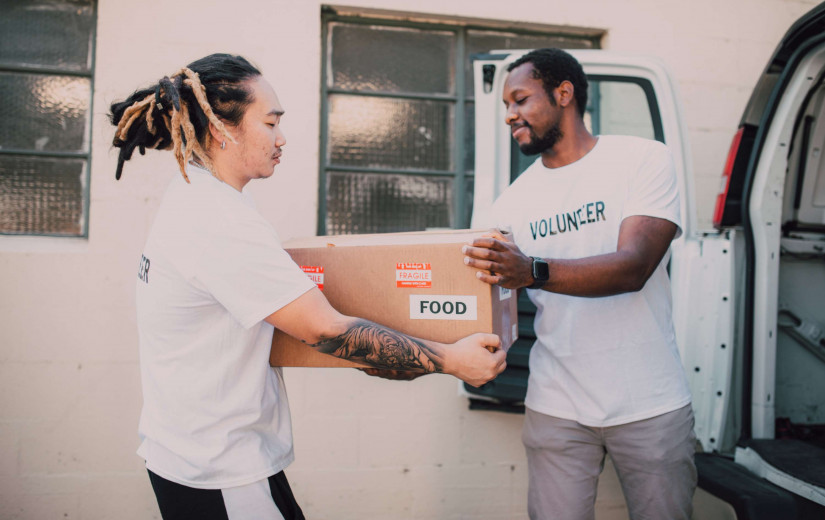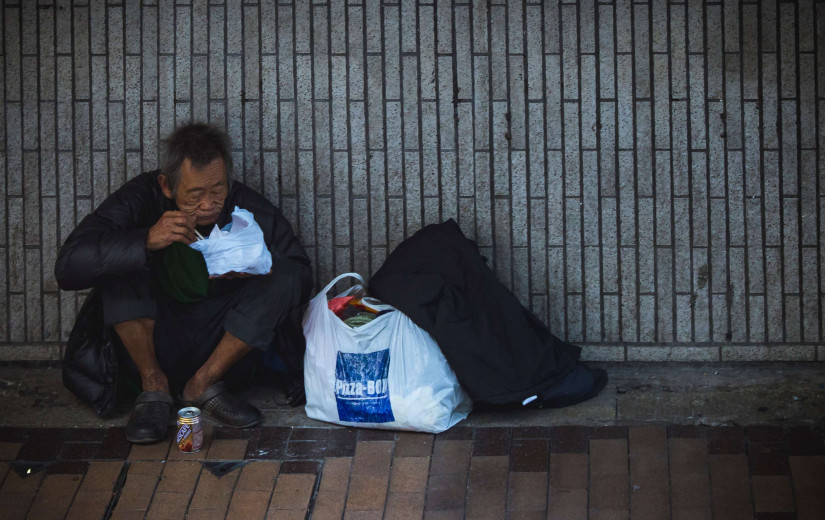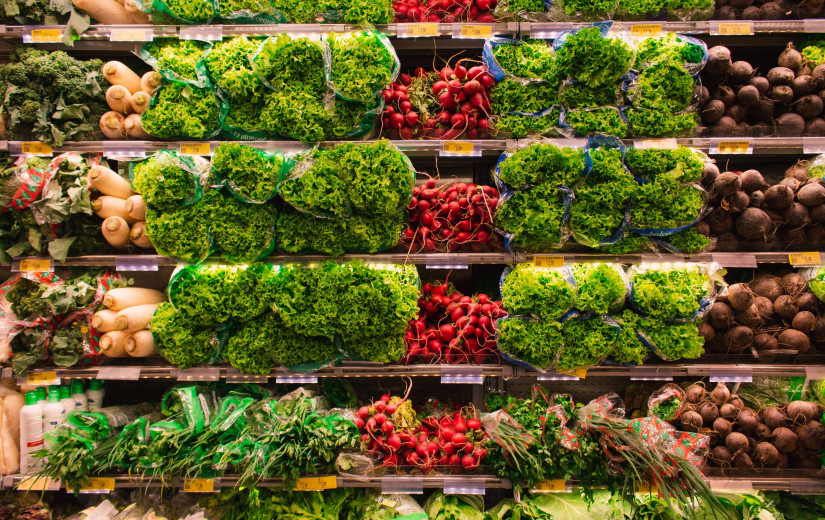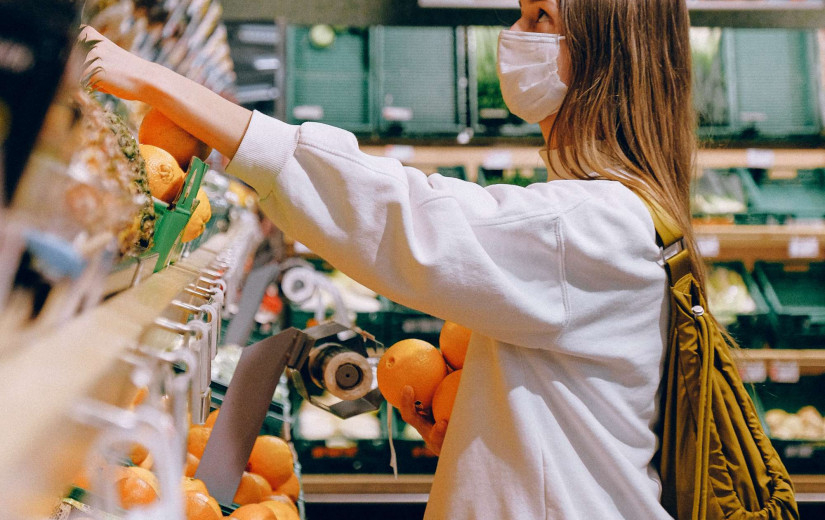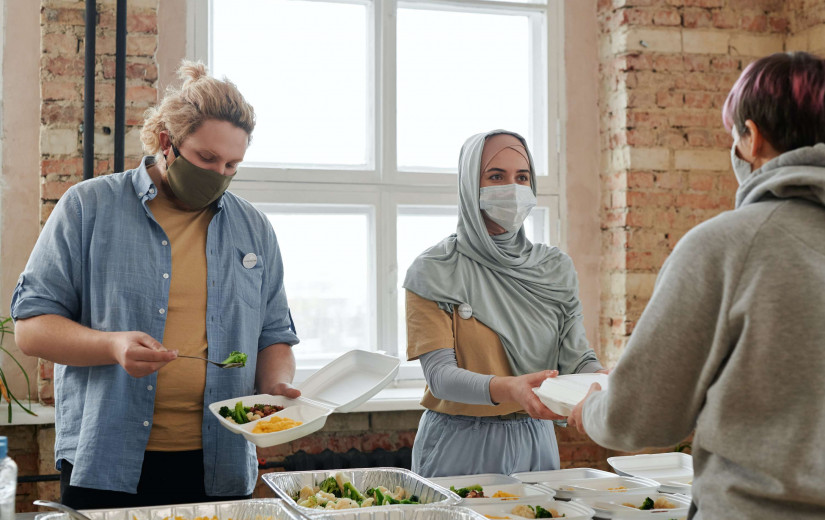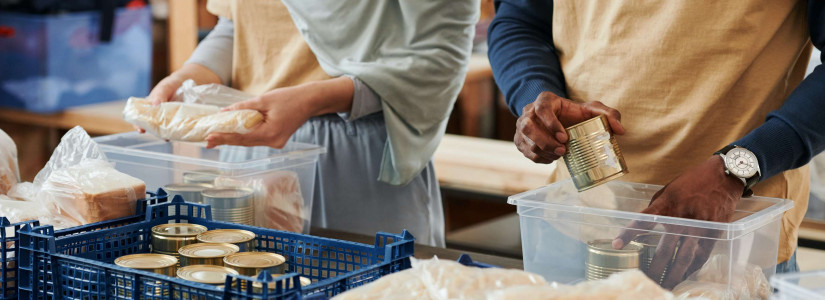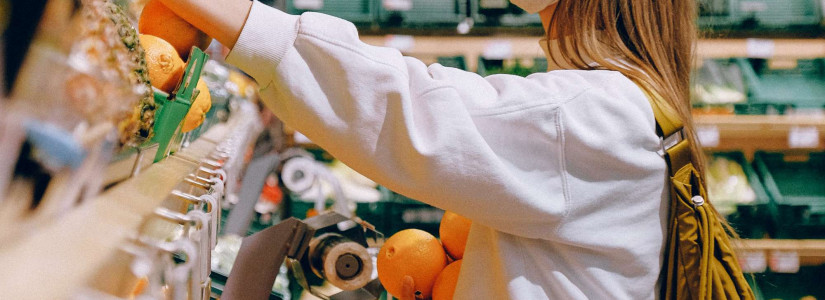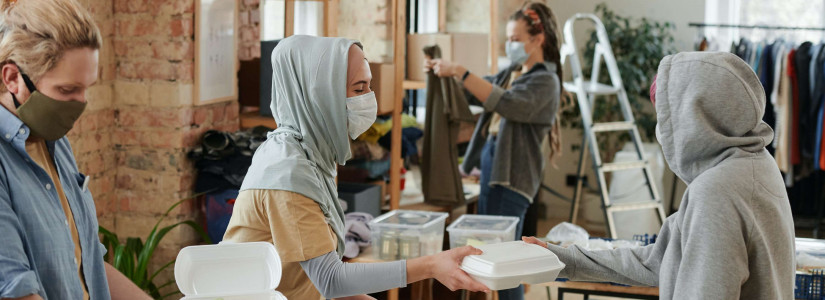What to Do if Someone in Your Household Tests Positive for COVID-19
It is understandable to be concerned if somebody in your home tests positive for COVID-19. Not only do you need to care for the patient, but you also need to do what you can to protect yourself and the other members of your household. The good news is that you are not all doomed to be infected just because another member in your home has come down with the virus. While it is nearly impossible to guarantee that you will not get sick, there are a number of steps that you can take to reduce the risk that the virus passes from the infected person to others in the house.
Get Tested Immediately
The first thing to do after you isolate the infected individual is to get everyone else in the house tested. This will give you valuable information regarding who else may need to be isolated. It is important to understand that you may not test positive early in the infection stage. The sensitivity of the test is most useful at least five days after initial exposure. Most health officials recommend that the entire family stay in quarantine for 14 days because of this. All household members and close contacts of the infected individual should assume that they are positive.
Limit Contact With Infected Individual
The more that you are able to isolate the positive individual from the rest of the household, the better the chance that you will be able to protect others. If possible, the infected family member should remain in a separate bedroom and use a bathroom that nobody else is entering. If this is not possible, you need to keep the infected person as far away from others as you can.
If you need to be in the same room as the infected person, everyone needs to wear a mask and remain at least six feet apart. Recent research demonstrates that you will be exposed to a lower viral load if you are further apart from the infected individual.
Those family members caring for the infected person should be careful when bringing them necessities. Leaving food, drink, and other essentials outside the door will help to avoid unnecessary exposure. It is also recommended to keep in contact with the person through FaceTime or other methods. Not only will this help you to keep an eye on their symptoms, but it will also help them to deal with the feelings of isolation when in quarantine.
Open Windows
If the sick person is not able to quarantine in their own personal space, you need to do what you can to improve ventilation in the home. This means opening as many windows as possible. Even if this means that you need to turn up the heat to stay comfortable, boosting the ventilation can go a long way in helping to disperse the infected droplets.
Practice Solid Sanitary Practices
As always, proper handwashing can help cut down the spread of the virus. This is particularly important if you are handling dirty dishes or items that the sick person has touched. You also need to avoid touching your eyes, nose, and mouth at all times.
The Centers for Disease Control and Prevention (CDC) recommends that you take care to clean and disinfect all of the high-touch surfaces in your home regularly. This includes doorknobs, light switches, faucets, toilet handles, electronics, remote controls, and more. Be sure to use an alcohol-based sanitizer. The more that you can keep these surfaces clean, the less likely that the virus will spread through the home like wildfire.
Take Care of Your Physical Needs
One of the best things that you can do for yourself regardless of COVID-19 exposure is to take care of your physical health during this pandemic. Doing so will help you to fight off any possible exposure to the virus.
Start your healthy habits by eating nutritious foods each day. Eating plenty of fruits and vegetables rich in antioxidants will deliver crucial nutrients to your body. Many medical experts are recommending that people take a vitamin D supplement to reduce the risk of serious COVID-19 complications. You should also get plenty of rest to boost your overall immune system function.
While you cannot completely protect yourself, taking these steps will put you in a position to lower your risk of contracting the virus.




